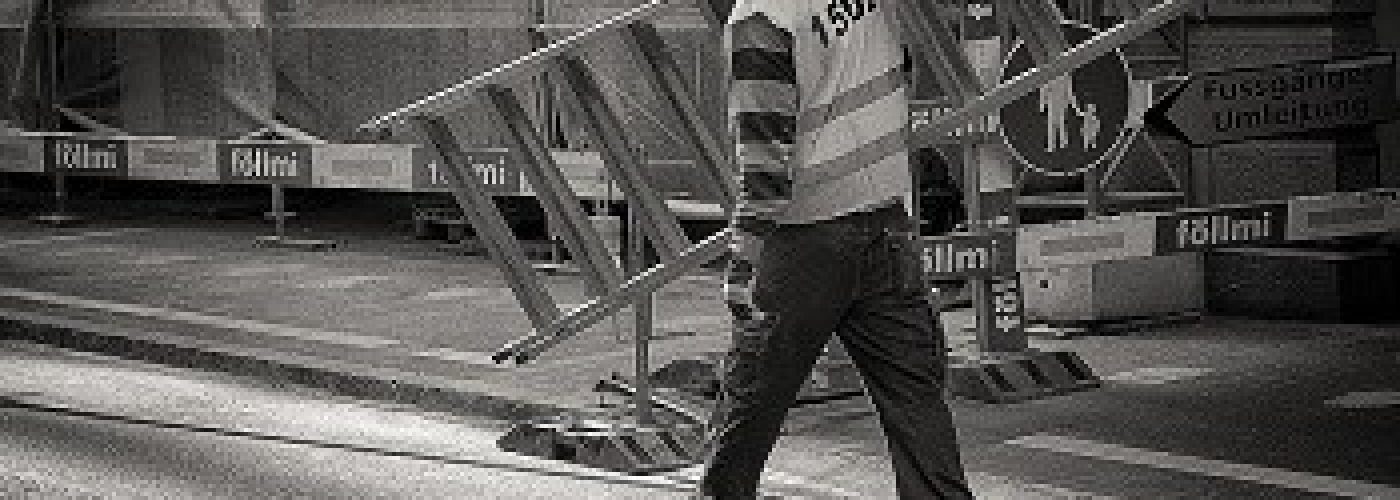Unfortunately, there are many risks to construction workers in the UK. But the majority are easy to avoid if the right procedures and systems are in place. It’s essential for workers and companies to be aware of all the hazards associated with the site they are on, so they can take steps to reduce the risks to their health and safety. Here, we look at how many work-related injuries are suffered in the construction industry in the UK, what these are and how they can be avoided.
79,000 people suffer from work-related injuries in the construction industry each year
The latest statistics from HSE show that in 2018-19, there’s 79,000 construction industry professionals suffering from work-related illness. A massive 62% of these are musculoskeletal disorders, 21% stress, depression or anxiety related, and 17% other health issues. This shows that nearly two thirds of injuries are to tendons, muscles, ligaments, joints, nerves or bones – highlighting the true extent of the risks that site accidents can cause.
Falls from a height caused 18% of non-fatal injuries in 2018-19
On average, there are 54,000 non-fatal injuries to workers every year in the construction industry. There’s no denying that there are many risks to workers onsite, but appropriate risk management strategies can be put in place to reduce their likelihood.
The statistics have shown that falling from a height caused 18% of non-fatal injuries to construction workers, a huge difference to other industries where only 8% of recorded accidents were caused by falls. There was just under 1,000 people (926) that fell from a height in 2018-19, of which 568 were “specified” by RIDDOR and 358 had to take over seven days off work.
How can accidents be prevented?
It’s essential for all workers and companies to put appropriate measures in place to reduce the risk of falling from a height. Firstly, everyone working onsite should complete thorough safety training, educating them on hazards and the safety standards they must abide by. They should be able to access company health and safety policies with ease and be told who the onsite first aider is and where to find them.
Secondly, adequate safety systems must be implemented across the sight to reduce the risks of falling. Ladders must be secured, scaffolding erected correctly, and any walkways guarded to make sure there is a safe exit from the construction site.
Thirdly, all workers should wear good quality PPE (personal protective equipment) at all times. Hard hats are essential particularly to protect workers from falling objects or personal falls. Goggles, gloves, capped safety boots and high-visibility clothing should also be worn.
What should workers do if they have an accident at work?
It’s important that any worker suffering injury due to an accident at work reports it to their employer, makes written notes of it in the company accident book, and reports it to a medical professional. It may be worth taking pictures of the injury and asking witnesses for their contact details, should you need them to provide an account of what happened.
If you are unable to work after your accident, you should take a look at the government advice on Statutory Sick Pay to see if you are eligible. You may also be able to claim compensation through companies like National Accident Helpline, if the accident wasn’t your fault. This may give you financial support if you’re out of work and also highlight safety issues to stop this happening to anyone else in the future.





